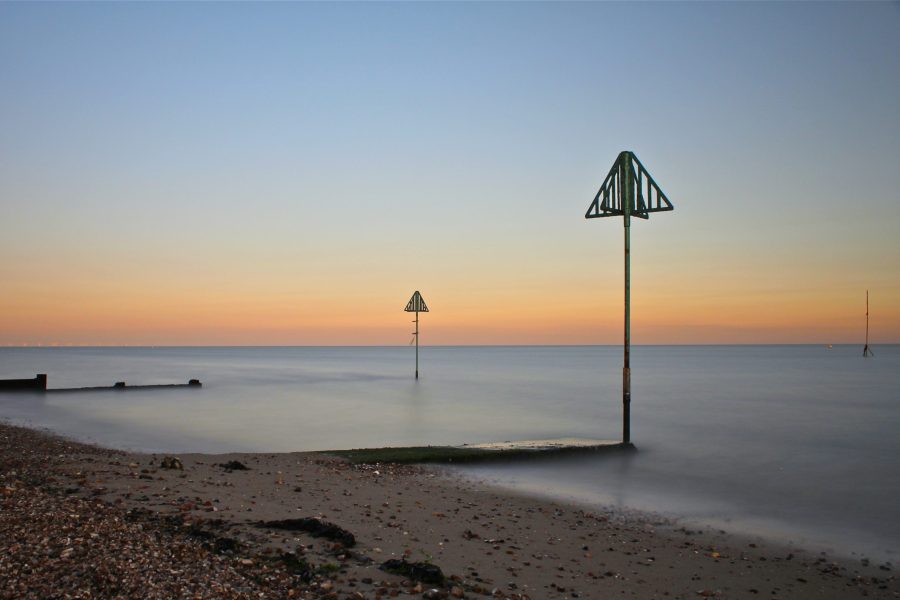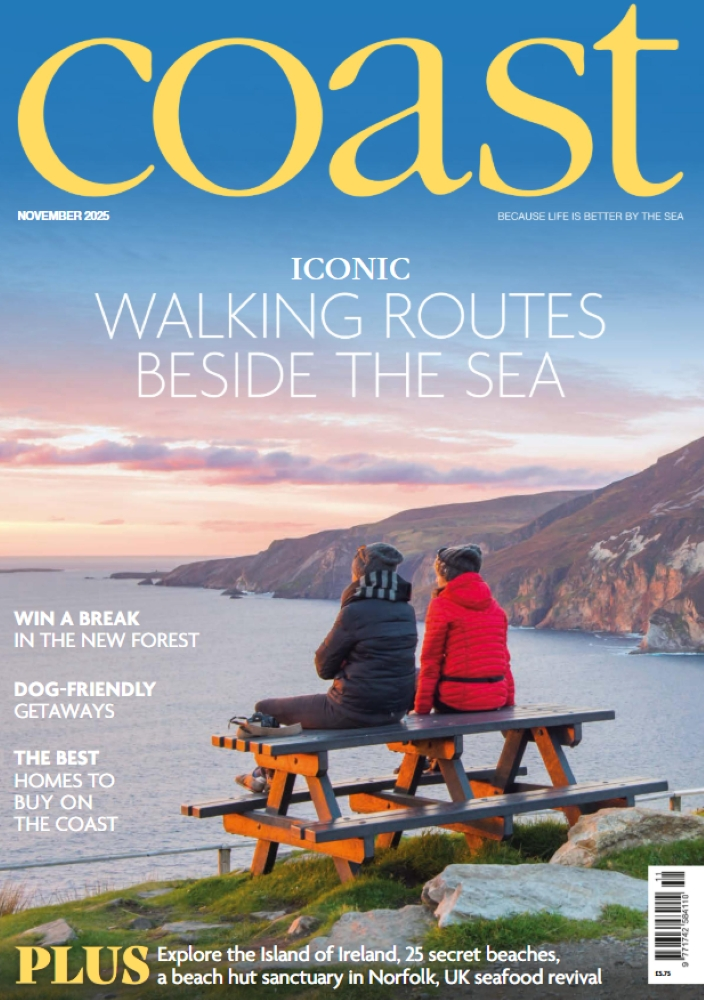The Coast guide to the best tidal islands…
For family days out
St Michael’s Mount, Cornwall
Kids love the subtropical, myth-imbued paradise of St Michael’s Mount. Here an angry giant called Cormoran was killed by a local boy called Jack, who dug a pit into which the giant fell on the cobblestone causeway. The gun batteries and suits of armour, harking back to sieges during the War of the Roses and the Civil War, will fire their imaginations.
St Michael’s Mount is owned by The National Trust and its castle, shops and restaurants are open daily (except Saturdays); adult admission, £14.00, child, £7.00 (under 5s go free). You can walk there at low tide and there are also boat crossings (01736 710507, www.stmichaelsmount.co.uk).
For literary history
Erraid, Inner Hebrides
At the end of Mull’s coastline in north-west Scotland, Erraid might be small – it’s one mile square – but it packs a literary punch. It inspired Robert Louis Stevenson, who lived here as a child, and he featured it in Kidnapped and Treasure Island. With its pink granite outcrops, iridescent seas and white sand beaches, no wonder Erraid is also home to an outpost of the Findhorn Foundation, which aims to live in harmony with nature (www.erraid.com).
For spectacular views
St Mary’s Island, Tyne and Wear
Forget Alfred Hitchcock’s The 39 Steps – there are 137 of them at St Mary’s Lighthouse and Visitor Centre in Whitley Bay. Climbing them yields some of the most memorable views on the North East coast and if you can’t manage the steps, a live video facility allows you to experience the panorama at ground level. Whether or not you make the ascent, the immaculate, though now disused, lighthouse will linger long in your memory.
St Mary’s Island is open, subject to tidal conditions, daily between April and October and at weekends and school holidays in winter. Adult admission, £3.90, child, £2.00 (0191 200 8650, www.northtyneside.gov.uk)
For the Northern Lights
Birsay, Orkney Isles
Settlement on Birsay is thought to date back to the 5th century and by the 7th century, the island, which can be reached on foot at low tide by a largely natural causeway, was a Pictish fortress. But the Norsemen swept all before them, and their legacy endures in the many place names on Birsay, not least in its Norse name of ‘Byrgisey’, meaning ‘fort island’. In winter, it is the best tidal island from which to see the Northern Lights.
The Barony Hotel offers fresh crab and lobster (01856 721327, www.baronyhotel.com; www.visitorkney.com).
For great oysters
Mersea, Essex
Mersea Island is the UK’s most easterly inhabited island and is joined to the mainland by a Saxon causeway, which is covered at high tide. August sees a week-long boat racing festival and the island is famous for its native oysters, which you can sample at The Company Shed restaurant just over the water in West Mersea.
Open from 10am-5pm Wednesday-Sunday. Closed Mondays and Tuesdays. Last orders at 4:30pm (01206 382700, the-company-shed.com)
For Art-Deco luxury
Burgh Island, Devon
Noël Coward and Agatha Christie were two of Burgh Island’s visitors, so too Edward VIII and Mrs Simpson. It’s also said that Eisenhower and Churchill met at the tiny island’s hotel in the weeks before the D-Day invasion, but one thing’s for sure: Burgh Island is a period gem. Restored to its 1930s glory, the Burgh Island Hotel offers a step back in time to Art-Deco glamour. If you’re not staying, walk to the island at low tide – the Pilchard Inn is a must. At high tide, a sea tractor takes you back to dry land (01548 810514, www.burghisland.com).
For spiritual thinking
Lindisfarne, Northumberland
In AD635, the Irish evangelist St Aidan founded a community of monks on the rocky outcrop of Lindisfarne. It was later run by St Cuthbert, and then, in 1082, it was renamed Holy Island by Benedictine monks who rebuilt its Priory. Today, having survived the Dissolution of the Monasteries (just), Lindisfarne is Britain’s spiritual island sans pareil. Its castle is magical, its beaches serene and wildlife is everywhere.
The castle is closed for the winter, but will reopen on Monday 13th March 2023. The gardens are open all year round, all day. Adult admission, £8.50, child, £4.25 (www.lindisfarne.org.uk).
For brilliant beaches
ChapelIs land, Cumbria
Wordsworth wrote about this limestone landmass, in the Leven Estuary of Morecambe Bay, in The Prelude. He saw ‘gentleness and peace’ as ‘the great sea heaved at a safe distance, far retired’. The chapel is a ruined folly, but this adds to the atmosphere and there are wonderful beaches. But beware – the bay is notorious for quicksand: Cedric Robinson MBE was appointed Queen’s Guide to the Sands in 1963 and is still going strong.
(01539 734888, www.morecambebay.org.uk).
For burial chambers
Gugh, Isles of Scilly
For those with a yen for history on the Celtic fringe, Gugh, accessible from St Agnes via a sand bar at low tide, is the place. The 2001 census listed a population of three on Gugh, and they exist side by side with the Old Man of Gugh, a standing stone nearly three metres tall, plus Obadiah’s Barrow, a burial site, which, once you’re inside it, makes the Isles of Scilly seem altogether more primeval than the tourist brochures suggest (www.simplyscilly.co.uk).
For punk festivals
Cramond Island, Firth of Forth
The tourist guides tell you a lot about Cramond’s WWII history – extensive offshore fortifications can be seen from the village – but what they don’t say is that it lives a double life as ‘the Island of Punk’. Punk picnics and festivals have taken place here for years featuring, among others, the Kaiser Chiefs and Gaelic punks Oi Polloi. Cramond also hosted a Terry Wogan lookalike contest in 2003. The man himself only came third (www.undiscoveredscotland.co.uk/edinburgh/cramond).
10 best… tidal islands
- St Michael’s Mount, Cornwall
- Erraid, Inner Hebrides
- St Mary’s Island, Tyne and Wear
- Birsay, Orkney Isles
- Mersea, Essex
- Burgh Island, Devon
- Lindisfarne, Northumberland
- ChapelIs land, Cumbria
- Gugh, Isles of Scilly
- Cramond Island, Firth of Forth







